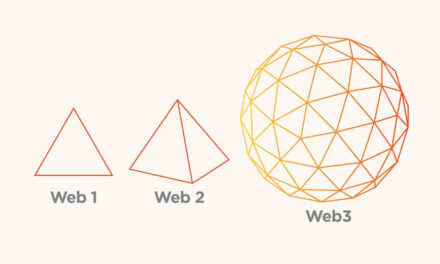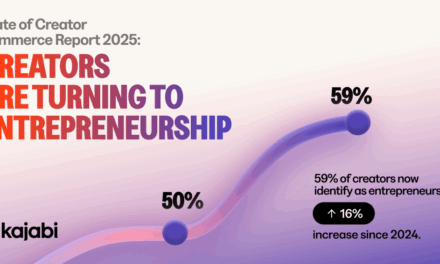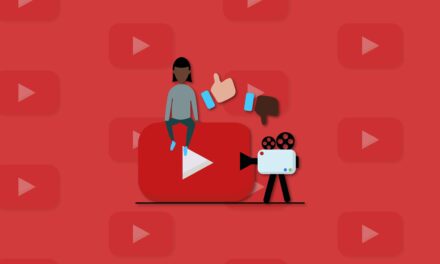Two “new” economies flourish in 2023 – the gig and the creator.
But how different is the gig economy vs. the creator economy? How similar are the two?
Let’s explore the what, how much, and why between the two.
#GigEconomy vs. #CreatorEconomy: How do they differ? How are they similar? Share on XDefinitions
Gig economy
Frankly, the gig economy is a little easier to define than the creator economy because it’s really just another term for “freelance.”
Here’s how Wikipedia describes the gig economy: “Gig workers are independent contractors, online platform workers, contract firm workers, on-call workers, and temporary workers. Gig workers enter into formal agreements with on-demand companies to provide services to the company’s clients.”
Now, Investopedia adds a little more context to the gig economy definition. Here’s its explanation:
“A gig economy is a labor market that relies heavily on temporary and part-time positions filled by independent contractors and freelancers rather than full-time permanent employees.
“Gig workers gain flexibility and independence but little or no job security. Many employers save money by avoiding paying benefits such as health coverage and paid vacation time. Others pay for some benefits to gig workers but outsource the benefits programs and other management tasks to external agencies.”
Creator economy
Now, definitions for the creator economy are less articulate and sometimes just wrong.
Wikipedia incorrectly equates the creator economy to the influencer economy, explaining it as “a software-facilitated economy that allows creators and influencers to earn revenue from their creations.”
But if they had looked at Adobe’s Future of Creativity study, they would find influencers represent 14% of the creator economy.
The CB Insights definition works well in its simplicity (and it’s accurate): “The creator economy refers to the independent businesses and side hustles launched by self-employed individuals who make money off of their knowledge, skills, or following.”
But that explanation sounds too similar to a subsect of the gig economy. It omits the central theme of the creator economy definition – the audience.
That’s why we favor this definition of the creator economy from the U.S. Chamber of Commerce: “In the creator economy, creators make money directly from their audience. It consists of consumers, entrepreneurs that cater to their audience, advertisers, and companies that market to artistic entrepreneurs.”
Numbers
Gig economy
In 2023, the gig economy is expected to gross over $455B, according to a Statista forecast. Almost 90% of gig economy revenue comes from transportation-related and asset-sharing services. (Think Uber and Airbnb.)
By 2023, an estimated 915M freelancers will be working around the globe, according to a Mastercard study. Of that group, 78M would be considered gig workers by the study’s more limiting definition – “connected to customers and job opportunities by digital gig platforms.”
Four in 10 gig workers also have other employment.
Creator Economy
An oft-quoted stat on the size of the creator economy is $104B. But the challenge around defining the creator economy arises in quantifying its size. The scope of this valuation relies heavily on creators earning revenue from their operations on social media. It doesn’t sufficiently calculate revenue from creators who don’t rely on social media for their business revenue, such as coaches, consultants, podcasters, bloggers, course instructors, etc.
Over 303 million creators operate in the creator economy, with 17% owning a business and 39% aspiring to become one.
Six in 10 creators also have a full-time job.
#GigEconomy: 4 in 10 workers have other employment. #CreatorEconomy: 6 in 10 creators have a different full-time job. Share on XFinancials
Gig economy
Given the vastness of the gig economy and the varying motivators of those in it, it’s no surprise that gig workers’ earnings fluctuate wildly. Earnest Loans has found 85% earn less than $500 a month.
In the United States, freelancers reporting an income over $100K is over 3M.
Forty-four percent of gig workers consider freelancing as their primary income source. More than half report an annual household income of $50K or less.
Creator economy
People working in the creator economy are similar to gig workers in that their revenue isn’t that big, especially in the early years.
Over one-third of creators in business less than two years earn less than $1K a year, while another third earn between $1K and $10K. Only 6% earn over $50K.
Creators in business between three and four years see some growth. Over 20% of those creators earn over $50K, but 47% still earn less than $10K.
Motivators
Gig economy
An ADP Research Institute study found 28.8% of gig workers say flexible scheduling is a reason for choosing gig work. Almost the same number (28.4%) say gig work lets them do their passion work. Twenty-six percent cited their reason as a personal choice.
Creator economy
In an Adobe study, over 50% of creators say they work to express themselves, to do something fun, and to explore their passions/interests. Less than one-third cite monetary reasons.
But in The Tilt’s research of content entrepreneurs – a niche within the creator economy – more focused on operating a content-first business, the results were more similar to the gig economy workers.
Of this group of creators, 82% of full-timers say they value the independence a content business affords, and 80% like the flexible work hours.
About the author
Ann regularly combines words and strategy for B2B, B2C, and nonprofits, continuing to live up to her high school nickname, Editor Ann. An IABC Communicator of the Year and founder of G Force Communication, Ann coaches and trains professionals in all things content. Connect with her on LinkedIn and Twitter.










